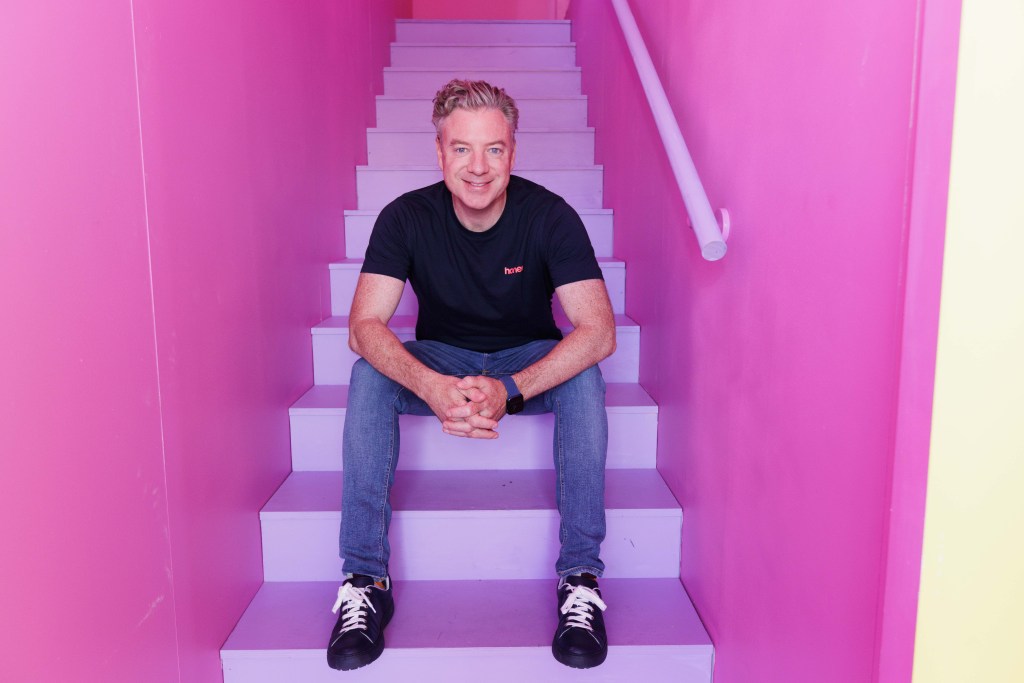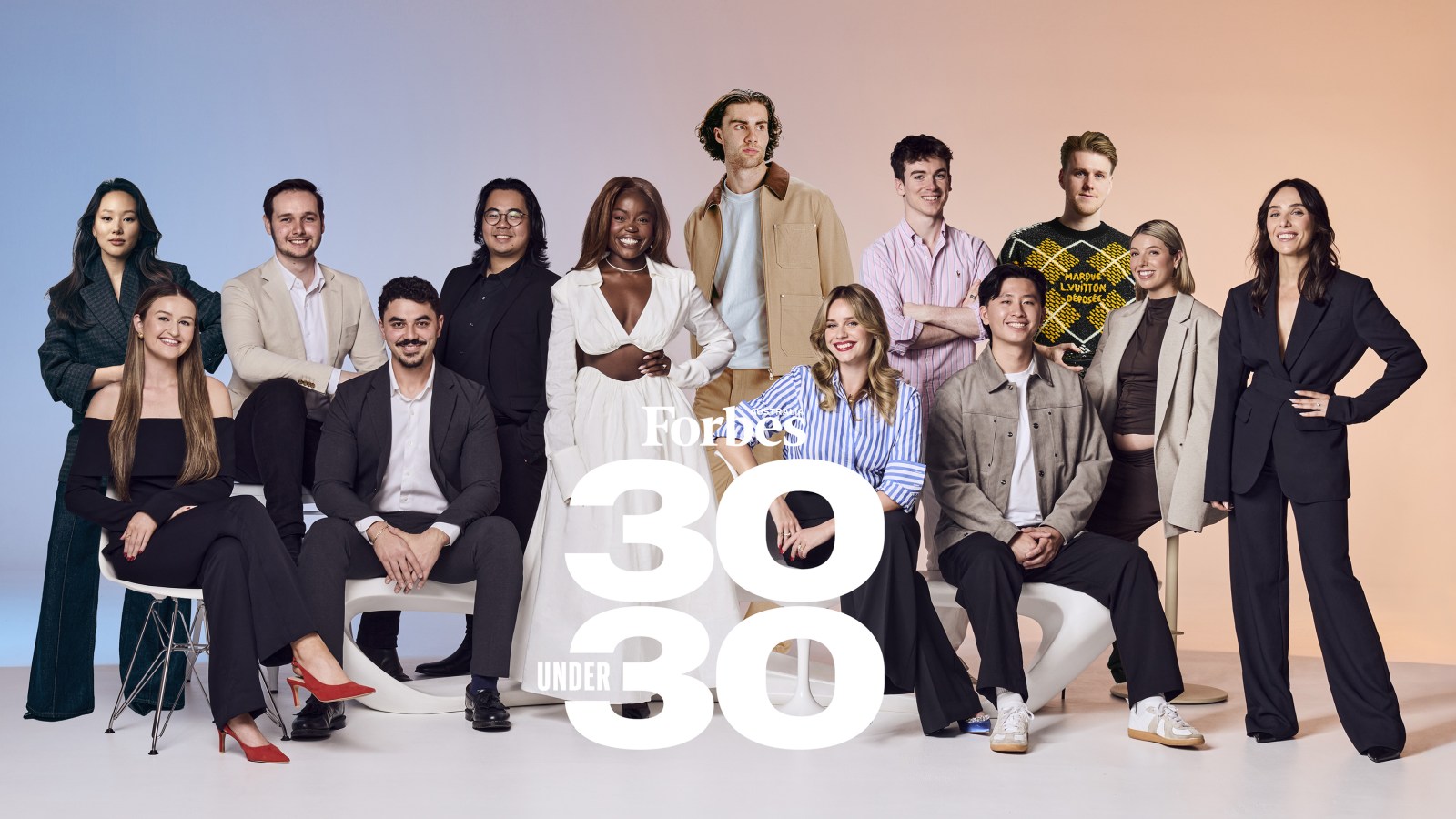Two new-age insurers banked more than $100 million in funding in Q2, 2024. Forbes investigates whether this signifies a rising trend – or a bucking of.

It’s 2019 and serial founder from the United States, Richard Joffe, has moved to Sydney on a holiday visa with his two kids. He doesn’t know what to do with himself.
But the entrepreneur, who founded and sold Park Assist (the first parking sensor network) and Stella Jobs (an AI recruitment service that speeds up hiring) has a pretty solid toolkit to build something – and reckons there’s something glaringly obvious about Australia. Oligopolies.
“You have so many,” he says. “And the problem is – they’re entrenched. They own distribution, they’ve got scale, and it’s much harder to raise money to take on a bank or a railway service or, say, an Australia Post. But, there’s also an amazing opportunity there.”
Joffe was looking for his own home and contents insurance – a process he described as ‘painful’ – when he landed on the idea for Honey Insurance: a next-generation insurer that gives customers smart technology and services for free, to reduce avoidable risks like flooding, fire and theft. And he got the oligopolies in on it.
“It took me two years – 92 of them said no,” he says.
“It was very touch-and-go, trying to get this off the ground. I had to get an underwriter – so an existing insurance company – to support me, but virtually everyone said no because it would hurt them, it was cannibalistic. Then I had to convince a lot of senior executives in the insurance industry already to take a 50% pay-cut for equity. Then I needed distribution partners to invest, because if you don’t have partners to sell your products, you’ll be dead. And then I had to raise capital.”
The company launched in 2021 with a $15.5 million seed round – the largest-ever seed round raised by a tech start-up at the time – with funding from institutional investors like PEXA, RACQ (which also underwrites Honey Insurance), Metricon, AGL, and Mirvac.
Three years on, Honey Insurance just closed its $108 million Series A round led by US-based Gallatin Point Capital, in one of the largest Series A rounds ever completed in Australia. They joined insurtech Cover Genius, which raised $120 million earlier this year, in banking some of the largest funding rounds across Q2, 2024, according to Cut Through Venture’s quarterly funding report. Those two rounds were integral in putting fintech back on the top of the funding table for the first time in over a year. But is this really the rise of the insurer?
“Gus [Cover Genius co-founder Angus McDonald] and myself are probably the survivors, rather than the leaders in a renaissance, is how I’d describe it,” Joffe says. “I don’t think there’s suddenly all this money flowing into fintechs and insurtechs – and not raising money locally is probably endemic of that. But, I think insurance is absolutely ripe for disruption.”
“Insurance is the tech world’s sleeping giant. This presents a massive opportunity for a challenger startup to take on the incumbents through automation and customer experience, both of which require sophisticated technology that the incumbents have struggled with.”
James Cameron, Partner, Airtree
Partner at Airtree, James Cameron, agrees. He says while it’s not easy to shift large incumbents, technology-led challengers can win by creating good customer experiences, lowering customer acquisition costs, improving loss rations and using automation to lower cost-to-service claim.
“Insurance is the tech world’s sleeping giant,” Cameron says. The general insurance industry was valued at $99.8 billion in 2024, according to IBIS World. Globally, that figure looks more like US$10 trillion (AU$15 trillion). But Camerson says that, of the world’s top 2500 companies by R&D expenditure, fewer than 0.4% are from the insurance sector.
“This presents a massive opportunity for a challenger startup to take on the incumbents through automation and customer experience, both of which require sophisticated technology that the incumbents have struggled with.”
Last year, the venture capital firm invested in direct-to-consumer pet insurer Fetch, which Cameron says has become one of the fastest-growing companies in Airtree’s portfolio. Like Honey Insurance, Fetch is a D2C (direct-to-consumer) insurtech.
“The best companies always get funded.”
Richard Joffe, founder, Honey Insurance
“Direct-to-consumer insurtech players such as Honey and Fetch are disrupting the playing field by using tech to innovate on the customer’s experience of buying insurance and interacting with their insurance providers, be it with automated claims processes or technology that actually helps consumers reduce the risk of damage in the first place,” he says.
Airtree also invested in Open, though that’s a much larger and more mature business, and has moved down the B2B route, like Cover Genius.
“They are building ‘Stripe for insurance,’ allowing consumer brands like Telstra and insurers like Bupa and AHM to leverage their brands and provide digital insurance products like house, car, pet, and travel. This has given them access to a very large market of brands and insurers, and they have recently expanded their horizons to international markets in Europe.”
Cameron says these B2B insurtechs have experienced a surge in interest because their infrastructure lets companies offer insurance directly at the point of sale. “They enable customers to sell policies more cost-effectively. This approach also improves the customer experience and increases merchant revenue,” he says.
And at the end of the day, “the best companies always get funded,” Joffe says. He counts Biz Cover as another top competitor to the insurance oligopolies.
“With Cover Genius and Honey Insurance, there are three exceptional teams working on three interesting problems, that have great economics and margins and do a great job for customers. No matter how hard it is, they’re going to get funded.”
Over the next 18 months, Joffe plans to use the company’s latest capital raise to double headcount, triple revenue (and become profitable) and invest in digitsation and generation AI applications.
Are you – or is someone you know –creating the next Afterpay or Canva? Nominations are open for Forbes Australia’s first 30 under 30 list. Entries close midnight, July 31, 2024.
Look back on the week that was with hand-picked articles from Australia and around the world. Sign up to the Forbes Australia newsletter here or become a member here.


